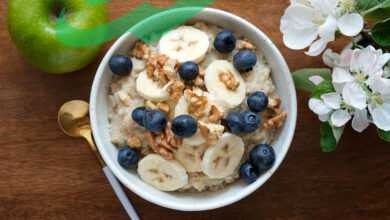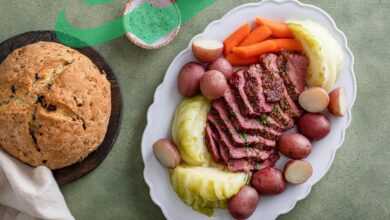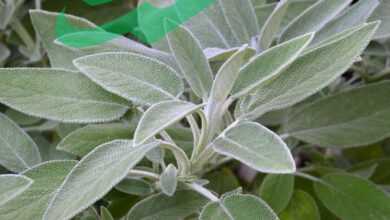The Health Benefits of Pine Nuts You Should Know
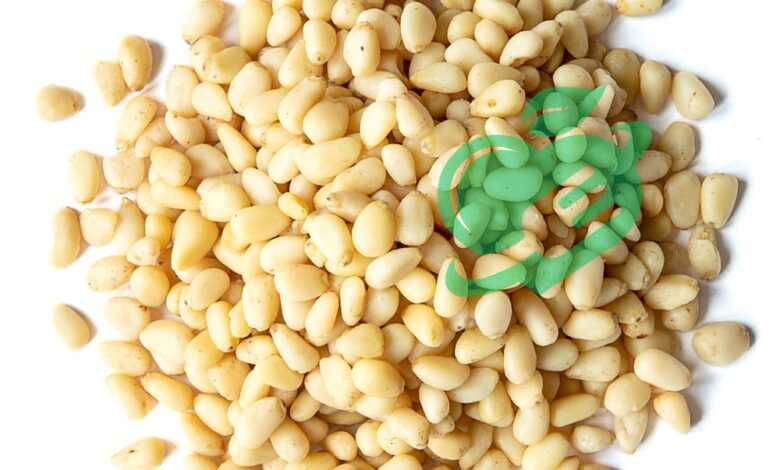
What are Pine Nuts?
Pine nuts, often called pine kernels, are the edible seeds of various pine tree species. Contrary to what some might think, these delightful little treasures are not true nuts; they a but encased in hard cones. These delicate and buttery-flavored seeds have been a cherished ingredient in numerous cuisines across the globe. Did you know that there are over 20 species of pine trees that produce edible seeds? Each variety has its unique flavor profile, but the most popular ones for culinary use include:
- American Pine Nuts: Native to the U.S., these have a sweet, buttery taste, making them a staple in many dishes.
- Italian Pine Nuts: Often used in pesto recipes, they are a common ingredient in Mediterranean cuisine.
- Korean Pine Nuts: Slightly larger and richer in flavor, they find their way into various Asian dishes.
The versatility of pine nuts allows them to be enjoyed both raw and toasted, enhancing their flavor with a simple roasting technique.
Historical Uses and Significance
The historical significance of pine nuts cannot be understated. They have been a staple food source for indigenous peoples for centuries, especially in North America. Traditionally, Native American groups have relied on them not only for sustenance but also as a vital component of their cultural rituals. Here are some noteworthy historical points about them:
- Survival Food: In times of scarcity, groups would gather and store large quantities of pine nuts for winter survival.
- Culinary Innovation: Thousands of years ago, people began to grind these seeds into flour or paste, paving the way for recipes we still cherish today.
In modern times, especially in Mediterranean regions, pine nuts play a vital role in traditional dishes, such as Italian pesto – a refreshing blend of basil, garlic and, of course, pine nuts. Their enduring popularity in both historical and contemporary cuisines demonstrates the enduring legacy of these small but powerful seeds. Moving on from their rich history, we now turn our attention to the nutritional value they add to our diets, highlighting their contribution to health and wellness.
Calorie and Macronutrient Content
Now that we’ve explored the rich history and culinary significance of pine nuts, it’s important to look at their impressive nutritional profile. While these nutty seeds are packed with flavor, they also boast a variety of macronutrients that contribute to a balanced diet. They contain approximately 190 calories per ounce, making them a nutrient-dense option. Here’s an overview of their macronutrient content:
- Protein: 4 grams
- Fat: 19 grams (primarily healthy unsaturated fats)
- Carbohydrates: 4 grams
This composition makes pine nuts an excellent source of energy while benefitting from healthy fats that support various bodily functions. Additionally, the healthy fat content aids in the absorption of fat-soluble vitamins, amplifying the nutritional benefits of any meal when incorporated.
Rich Source of Vitamins and Minerals
Pine nuts are not just about calories and macros; they are also brimming with vitamins and minerals crucial for overall well-being. A few of the standout nutrients found in these seeds include:
- Vitamin K: Essential for blood clotting and bone health.
- Magnesium: Supports muscle and nerve function, as well as energy production.
- Zinc: Contributes to immune system function and wound healing.
- Iron: Important for transporting oxygen in the blood.
To give you a clearer picture, here’s a quick comparison of their vitamin and mineral content per ounce:
| Nutrient | Amount | Daily Value (%) |
|---|---|---|
| Vitamin K | 1.1 mcg | 1% |
| Magnesium | 71 mg | 18% |
| Zinc | 1.2 mg | 8% |
| Iron | 1.0 mg | 6% |
Incorporating pine nuts into your diet can be both delicious and beneficial. Their unique flavor enhances a variety of dishes, from salads to desserts, all while delivering valuable nutrients. Transitioning from nutritional benefits, let’s delve into the impressive health advantages that these little seeds offer.
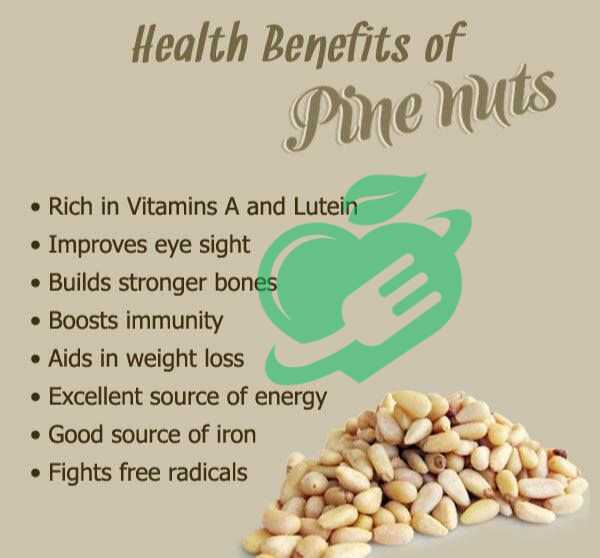
What do pine nuts have to do with heart health and cholesterol management?
After exploring the nutritional profile of pine nuts, it’s time to highlight their amazing health benefits, especially when it comes to heart health. Due to their high levels of monounsaturated fats, they can help lower bad cholesterol (LDL) levels while increasing good cholesterol (HDL). This balance is essential for maintaining a healthy cardiovascular system. A study I came across indicated that individuals who included healthy fats in their diet had significantly improved cholesterol levels over time. This makes them a worthwhile addition, especially for those looking to support their heart health. Additional benefits include:
- Omega-3 Fatty Acids: These healthy fats support heart function and reduce inflammation.
- L-arginine: This amino acid can improve blood flow and vascular function.
Antioxidant Properties and Disease Prevention
Beyond heart health, pine nuts are also packed with antioxidants, which protect the body against oxidative stress and free radicals. This potent combination can lower the risk of chronic diseases, including certain types of cancer and age-related conditions. Among the notable antioxidants in pine nuts is pinolenic acid, which has been shown to have anti-inflammatory properties. Here’s a quick summary of the antioxidant benefits:
- Supports immune function: Helps the body fight off infections and diseases.
- Reduces inflammation: Can mitigate symptoms of chronic inflammatory diseases.
Weight Management and Satiety
Another great aspect of pine nuts is their ability to promote feelings of satiety, which can assist in weight management. Thanks to their healthy fat and protein content, they can keep you feeling fuller for longer, potentially reducing the likelihood of overeating. Consider adding pine nuts to your meals as a topping or snack. Their creamy texture and rich flavor work wonders in:
- Salads: Sprinkle on top for added crunch.
- Smoothies: Blend into your favorite drinks for extra nutrition.
Incorporating pine nuts into your diet can support both your health and wellness goals. They can serve as a delicious bridge to discuss potential side effects and allergies before we dive into culinary uses and creative recipes.
Read also: The Hair Health Diet: How to Eat Your Way to Gorgeous, Strong Hair.
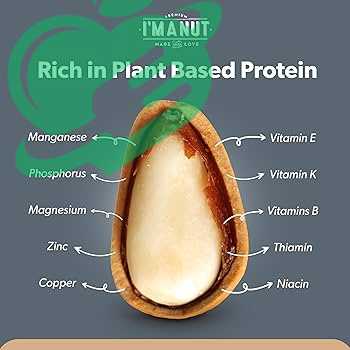
Allergic Reactions to Pine Nuts
Given the many health benefits of pine nuts, it is important to discuss the potential side effects and allergies that some individuals may experience. Allergic reactions to pine nuts, although relatively rare, can be serious and warrant attention. Symptoms of an allergic reaction may include:
- Hives or Rash: Red, itchy welts may appear on the skin.
- Swelling: In some cases, the face, lips, or throat can swell significantly.
- Digestive Issues: These might include nausea, vomiting, or diarrhea.
People with other nut allergies should be especially careful when trying pine nuts, as cross-reactions can occur. I remember when a friend of mine, who had a nut allergy, tried them for the first time and had an unexpected reaction. This experience reinforced the idea that it is always best to consult a healthcare professional if you have any concerns about a food allergy.
Possible Digestive Issues
In addition to allergic reactions, some individuals may experience digestive issues after consuming pine nuts. Although these seeds are generally well-tolerated, they contain a high-fat content, which can lead to discomfort in sensitive individuals. Here are some common digestive complaints associated with pine nuts:
- Bloating: Some people may feel bloated after eating them, especially in larger quantities.
- Gas: The fiber content might lead to increased gas production for some.
- Gastrointestinal Distress: Overeating pine nuts can result in stomach cramps or diarrhea in certain individuals.
To avoid these issues, it’s recommended to start with small portions when incorporating pine nuts into your diet. This approach can help gauge your tolerance while reaping their benefits. While it’s important to be aware of allergies and digestive sensitivities, understanding how to prepare and incorporate them into meals can enhance your culinary experience. Next, we’ll explore some delicious traditional dishes and creative ways to use these versatile seeds in your everyday cooking.
Read also: Black Seed: The Miracle Cure You Need Toda
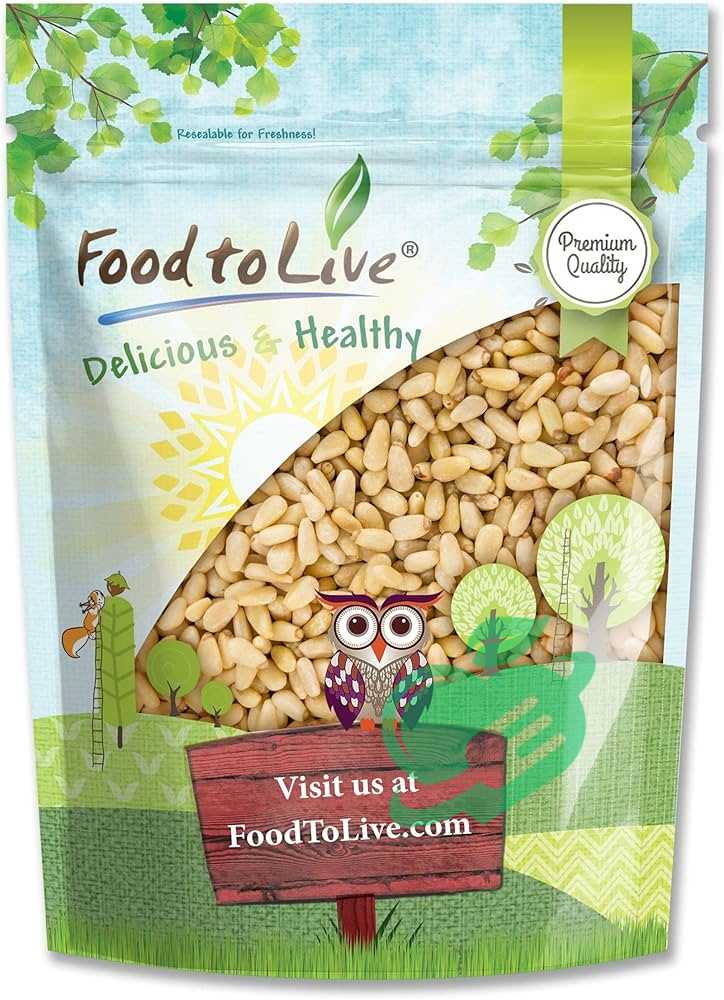
Traditional Dishes Incorporating Pine Nuts
Now that we’ve discussed the potential side effects and allergies associated with pine nuts, let’s delve into the delightful world of their culinary uses. A staple in many traditional dishes, they are prized not only for their flavor but also for their nutritional contributions. One of the most popular recipes that features them is the classic Italian pesto. This vibrant sauce is a blend of fresh basil, garlic, olive oil, Parmesan cheese, and of course, pine nuts. It creates the perfect topping for pasta, sandwiches, or even as a dip. Here are some other traditional dishes that showcase them beautifully:
- Spanakopita: A savory Greek pastry filled with spinach and feta, often enhanced with toasted pine nuts for added texture and flavor.
- Riz Basmati: In Middle Eastern cuisine, pine nuts are frequently sprinkled over rice dishes, providing crunch and a nutty taste.
- Tagine: North African stews often incorporate pine nuts, lending a rich flavor that complements the spices.
These dishes highlight the versatility and importance of pine nuts in traditional cooking.
Creative Ways to Include Pine Nuts in Meals
Beyond traditional recipes, there are countless creative ways to incorporate pine nuts into everyday meals. Their delightful crunch and buttery taste can elevate many dishes. Here are some unconventional ideas to inspire your culinary adventures:
- Salads: Toss some toasted pine nuts into your salads for an irresistible crunch. They pair beautifully with greens, fruits, and even grains.
- Granola: Add pine nuts to your homemade granola for a unique twist on breakfast. Their rich flavor complements oats, honey, and dried fruits.
- Baked Goods: Experiment by adding pine nuts to muffins or breads for an unexpected pop of flavor. They work superbly in sweet and savory recipes alike.
Adding pine nuts to a variety of meals not only enhances the flavor but also gives them a health boost. While we move on from the culinary ideas, let’s move on to the practical aspects of purchasing, storing, and preparing them to enjoy their full benefits in the kitchen.
Read also: Satisfy Your Cravings: 20 Healthy Snacks That Won’t Sabotage Your Diet.
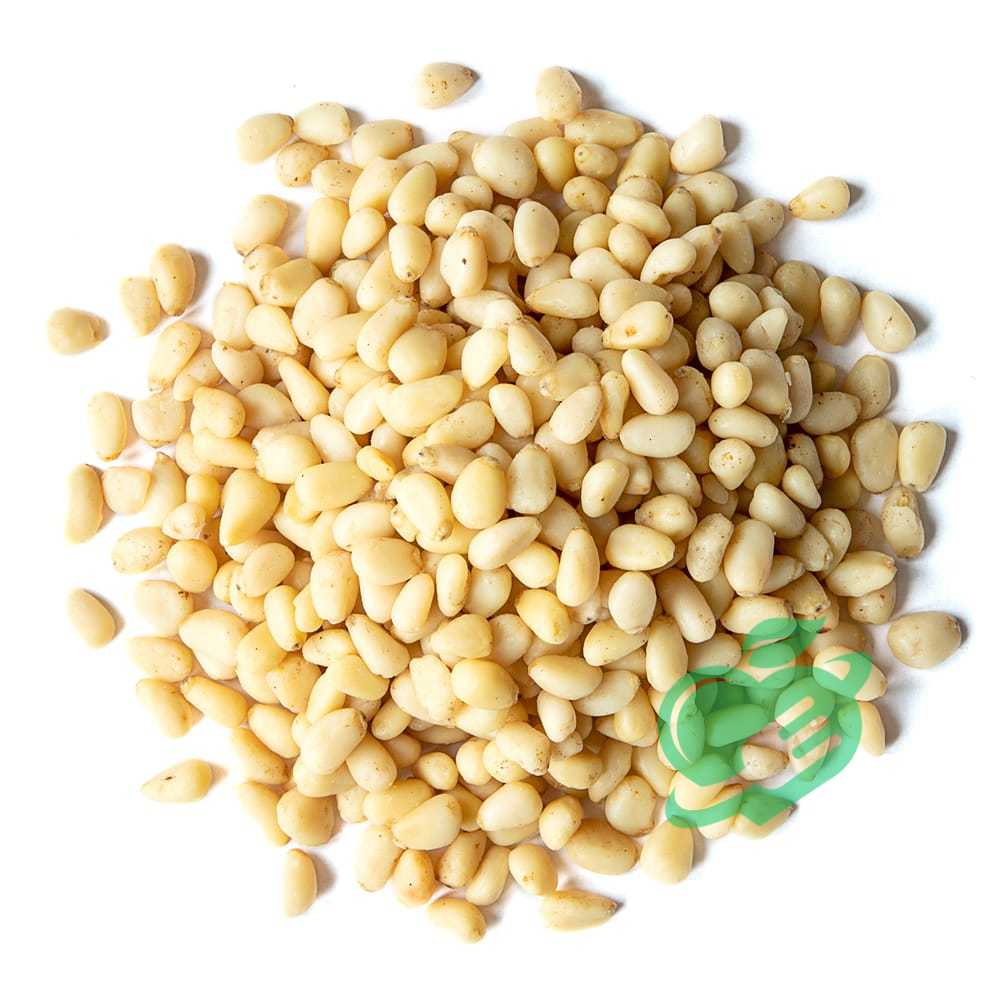
Tips for Purchasing Quality Pine Nuts
Now that we’ve discussed the culinary delights and benefits of incorporating pine nuts into your meals, it’s essential to know how to select the best ones for your kitchen. Buying quality nuts can significantly impact their flavor and freshness, so here are some handy tips when you head to the store:
- Look for Freshness: Choose nuts that have a sweet, nutty aroma. If they smell rancid, it’s best to avoid them.
- Check the Color: Quality pine nuts should be slightly golden. Avoid any that look too dark or have black spots, as these could indicate spoilage.
- Buy Whole: Whenever possible, opt for whole pine nuts over pre-chopped ones. This way, you can ensure maximum freshness and flavor.
I remember the first time I bought nuts, thinking I had bought a large quantity, only to discover that they had gone bad after just a few days. Now, I always make sure to follow these tips!
Proper Storage Methods
Keeping your pine nuts fresh requires proper storage. Here are some methods to extend their shelf life:
- Refrigerate: Store pine nuts in an airtight container in the refrigerator. This can keep them fresh for up to 3 months.
- Freeze: For even longer storage, consider freezing them. They can last up to a year in the freezer, retaining their delicious flavor when thawed.
Always label your containers with dates so you can keep track of freshness.
Techniques for Toasting and Enhancing Flavor
Toasting nuts can elevate their natural flavor, bringing out a rich, nutty aroma. Here are techniques for toasting them:
- Stovetop Method: Heat a skillet over medium heat and add pine nuts. Stir frequently for 3-5 minutes until golden brown. Be cautious, as they can burn quickly!
- Oven Method: Spread pine nuts on a baking sheet in a single layer, and toast in a preheated oven at 350°F (175°C) for 5-7 minutes, flipping halfway through.
Roasted pine nuts are a great option in salads, pasta, or as a snack on their own. After expertly purchasing, storing, and preparing them, let’s explore how to incorporate them into a healthy diet with proper portion control and complementary ingredients.
Read also: The Ultimate Fiber Snack List for Health-Conscious Snackers
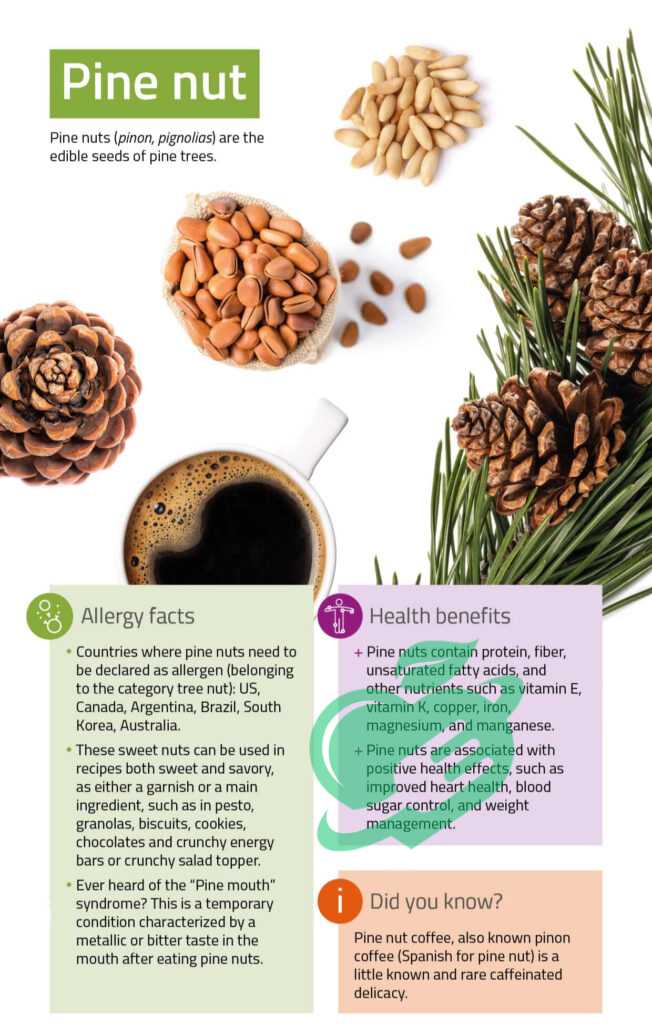
Incorporating Pine Nuts into a Healthy Diet
As we move on from the practicalities of purchasing, storing, and preparing pine nuts, it’s important to understand how to incorporate them into a reasonably healthy diet. While these seeds are packed with nutrients and benefits, portion control plays an important role in maintaining a balanced diet. Typically, a serving size is about one ounce, which is roughly equivalent to two tablespoons. Here’s why moderation is important:
- Caloric Density: Pine nuts are calorie-dense, and consuming too many can contribute to exceeding daily caloric intake, which may affect weight management goals.
- Balanced Nutrition: Relying too heavily on any single food, even one as nutrient-rich as pine nuts, can lead to imbalances in dietary nutrients.
When I first discovered how delicious pine nuts were, I may have gone a bit overboard, adding them to every dish. However, I quickly learned to enjoy them in moderation, which heightened my appreciation for their flavor and nutritional benefits.
Pairing Pine Nuts with Complementary Ingredients
One of the wonderful aspects of nuts is their versatility, allowing them to pair beautifully with various ingredients to enhance meals. Here are some fantastic pairings to consider:
- Vegetables: Combine toasted pine nuts with sautéed greens like spinach, kale, or arugula for added texture and nutty flavor.
- Fruits: They complement fruits such as roasted butternut squash, pears, or even sliced apples—creating a delightful combination of sweet and savory in salads.
- Grains: It can add a distinctive flavor to grain dishes, whether quinoa, farro, or couscous. Its crunch provides a wonderful contrast to the softness of cooked grains.
- Cheese: Serving them alongside cheeses such as goat cheese or feta creates a lovely appetizer or snack.
Adding pine nuts to your meals in a thoughtful way not only adds flavor but also contributes to a well-rounded diet. With our understanding of portion control and complementary pairings, we can now summarize the health benefits we have discussed and reflect on the joy of including them in our diet.
Read also: 5 important foods that protect you from depression

Recap of the Health Benefits Discussed
As we come to the end of our exploration of pine nuts, let’s take a moment to summarize the many health benefits these small but powerful seeds offer. Pine nuts are not just a delicious addition to your meals; they also provide an impressive array of nutritional and health benefits:
- Heart Health: Thanks to their healthy fats, pine nuts can help manage cholesterol levels and support cardiovascular function.
- Vitamins and Minerals: Rich in essential nutrients such as magnesium, zinc, and vitamin K, pine nuts promote overall wellness.
- Antioxidant Properties: These seeds are loaded with antioxidants, helping to protect the body from oxidative stress and chronic diseases.
- Satiety and Weight Management: Their combination of healthy fats and protein can help you feel full, making it easier to manage food intake.
Frequently asked questions
Why is pine nuts so expensive?
Pine nuts are harvested in their natural habitats in countries like China, Russia, North Korea, and Pakistan, rather than in agricultural settings. Jason Kong, operations manager at Tridge, a company that specializes in food and agricultural market intelligence, stated, “The process of extracting the nuts is very labor-intensive, which leads to higher prices.” 1.
Why can’t you eat a lot of pine nuts?
Consuming pine nuts can sometimes result in a bitter or metallic flavor for certain individuals, lasting anywhere from a few days to two weeks. This phenomenon is known as ‘pine mouth’ or ‘pine nut syndrome.’ However, not everyone who eats pine nuts experiences this taste alteration. 2.
Are pine nuts from pine trees?
Pine nuts are the edible seeds derived from different species of pine trees. These seeds usually have a hard shell and develop inside pine cones that resemble those of other pines cultivated primarily for timber. 3
How many pine nuts should I eat a day?
The ideal daily intake of pine nuts can differ based on factors such as age, general health, dietary needs, and any existing medical issues. Typically, a small handful—approximately 1 ounce or 28 grams—served as a snack or included in a meal is considered a sensible serving size. 4
Who should not eat pine nuts?
Pine nuts are classified as a type of tree nut. Individuals who have an allergy to tree nuts or peanuts might not necessarily be allergic to pine nuts, but they should consult an allergist before consuming them. According to the Food and Drug Administration (FDA), pine nuts are considered part of the “major food allergy” category, which includes various types of tree nuts. 5.
What’s the healthiest nut?
Almonds stand out as one of the healthiest nuts due to their remarkable nutrient composition. They are rich in vitamin E, magnesium, and beneficial monounsaturated fats. Research indicates that eating almonds regularly can help decrease bad cholesterol and lower the risk of heart disease. 6
Do pine nuts increase sperm count?
Although there is no direct evidence that pine nuts boost sperm quality or quantity, their nutritious composition, which includes healthy fats and antioxidants, can contribute to overall male reproductive health. 7
Your body is a mirror of what you eat, so make your food your source of strength and health. Choose with love and awareness what nourishes your body and soul, and be a friend of nature and its colors on your plate, because proper nutrition is the key to a life full of energy and wellness. Follow us constantly, as we strive to provide more useful articles and reliable information that make a difference in your daily life and help you achieve your health goals.
- today ((↩))
- foodauthority ((↩))
- pinoli ((↩))
- quora ((↩))
- medicalnewstoday ((↩))
- charlesworthnuts ((↩))
- truemeds ((↩))

